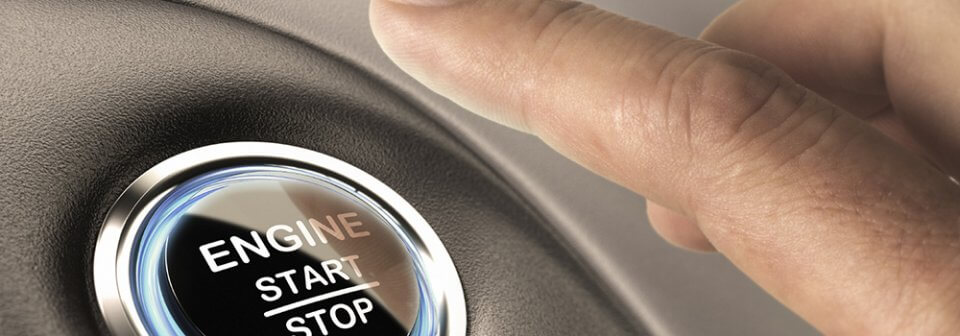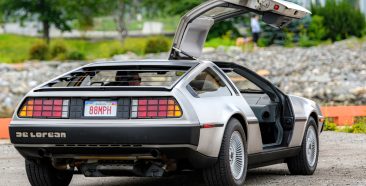
While some people insist on warming up their car on cold mornings, it may actually be unnecessary and even harmful to the vehicle’s engine. Of course, any damage to your car’s motor would likely be covered by the manufacturer’s warranty, should it still be in effect, rather than your car insurance.
In what has become a bygone era when car engines required a part known as a carburetor, which fed a balanced combination of air and gasoline for them to run, it was common practice to let the vehicle idle for a period of time before hitting the road.
In states like California, although the temperature can reach freezing in some areas during the winter months, snow and frost aren’t as prevalent as they are in the north east or the Midwest. That is – unless you reside in a mountain or ski community prone to measurable snowfall and sub-freezing temperatures.
Damage to internal components
Still, with today’s engines, letting your engine idle for five or 10 minutes does nothing more than reduce the life of the engine by stripping away vital oil from its internal components, such as cylinders and pistons, leading to expensive repairs. In the past, the popular belief was that warming the engine to operating temperature would prolong engine life, but that’s no longer the case.
Because modern vehicles come equipped with electronic fuel injection or direct injection, described as the next generation of fuel injection, found on Ford’s EcoBoost and Kia’s GDI, cars built in the last 20 years don’t require much more than 30 seconds to warm up.
Alternative to idling
As an alternative to a lengthy idle, most mechanics, including Sandy “The Garage Professor” Ganz, automotive expert and editor of GTsparkplugs.com, recommend driving your vehicle gently for the first few minutes.
In contrast to the old carburetor technology of 30 years ago, engines with electronic fuel injection have built-in sensors whose job it is to compensate for the cold temperature by pumping more gasoline into the air-fuel mixture. The engine continues to run rich with the addition of the increased fuel until it warms up to about 40 degrees Fahrenheit.
By driving your car, the engine will warm up to 40 degrees much faster than if you let it idle for a long period of time. Once the proper temperature has been reached, the engine will revert back to a normal fuel-to-air ratio.
That said – it’s imperative to familiarize yourself with your vehicle’s automotive manual to follow any recommendations the manufacture may have regarding engine warm-up in colder climates. This is especially true for high performance vehicles with equally high horsepower.
Older engines
On the other hand – if you drive a ’69 Boss 302 Mustang with a 4-barrel Holley carburetor in the cold, you may want to wait those few extra minutes you don’t have to give newer cars before you rev it up and peel out. The reason for this is simple – as opposed to their modern counterparts, older engines will last longer when you allow the oil to circulate properly.
So, what’s the best advice? Follow the correct warm-up procedure for your particular engine to protect it from excessive wear and tear. And, be sure to have the right auto insurance for your vehicle to protect it from physical damage.


